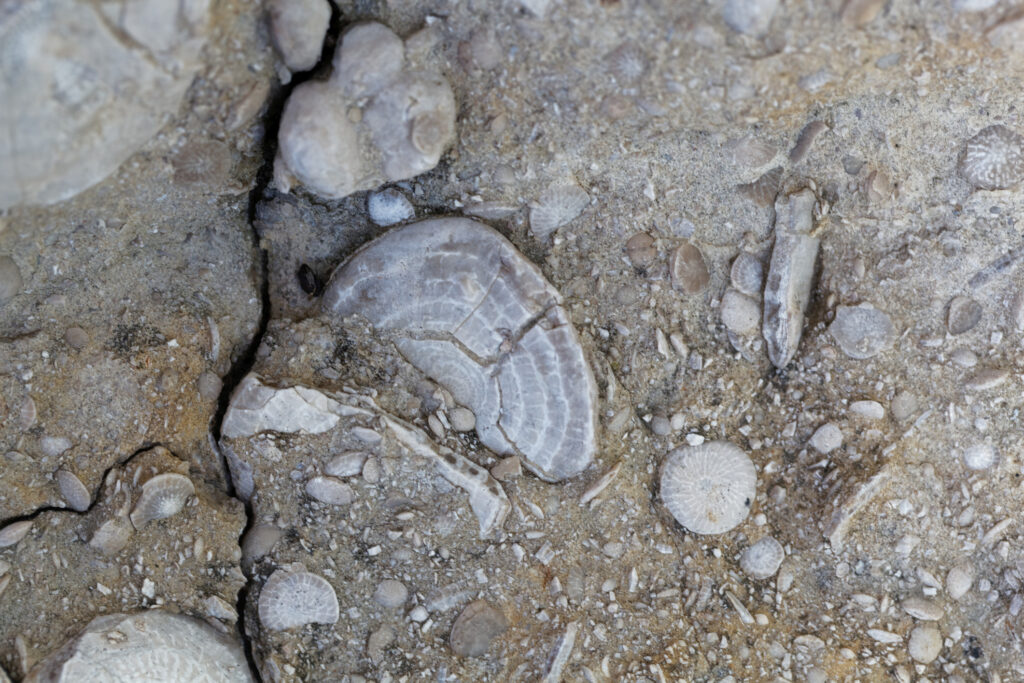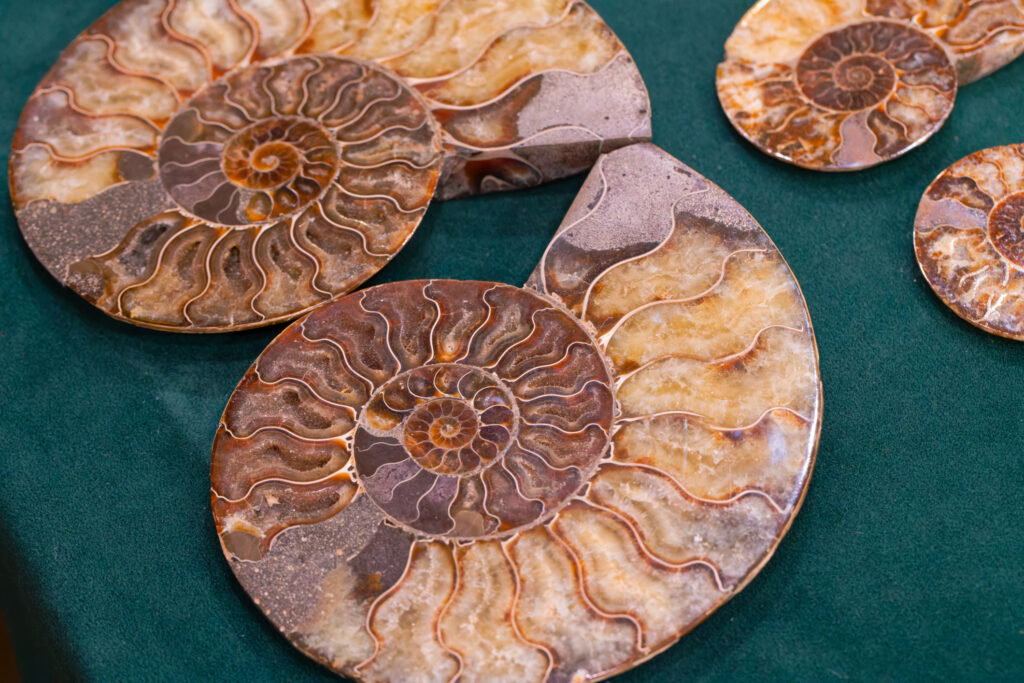One of the ways we learn about history and the creatures that have lived on Earth is by examining fossils from around the world. From birds and dinosaurs to marine creatures, let’s explore what we know about different fossils, how long they take to form and where they can be found.
What are fossils?
Fossils used to have the very basic definition of ‘something that’s been dug up’, but as more have been discovered, it’s now a term used to describe the preserved remains of dead organisms.
Most fossils are found in rocks and contain impressions of bones or shells. However, some are casts or traces of organic matter from years ago.
They’re formed through a lengthy process called fossilisation, which requires very specific conditions. Because of this, fossilisation is a rarity, and these historical artefacts should be protected. Fossils can be of interest to palaeontologists (people who study the history of life on Earth through fossils), scientists, historians and the general public, helping us learn more about animals and plants that lived long ago.
Types of fossils
Fossils aren’t just animals – they can also be the preserved remains of other organisms, like plants and eggs. Animal footprints can also fossilise into rocks over time under the right conditions, which is how dinosaur footprints have been discovered.
How long does it take fossils to form?
Fossils can take a very long time to form, usually longer than 10,000 years! Some of the youngest fossils are thought to be from the Ice Age, while many of the other fossils that have been uncovered are from when the dinosaurs were around, including the Triassic, Jurassic and Cretaceous periods.
With smaller organisms, fossils can form slightly quicker, although the process still usually takes months or years.

How are fossils formed?
Fossilisation involves several stages, some of which take thousands of years alone, so let’s find out more about each one…
Death
For fossilisation to begin, an animal or plant must die. While softer parts of the body or plant matter decompose or are eaten, the hard parts, such as bones, teeth or tree branches, remain intact on the ground.
Burial
Then, the hard remains will start to be buried under mud, sand or ash. Many fossils are from marine animals because the sea floor creates the perfect conditions for their remains to be buried. But even with land animals, remains can be swept away by the shore or blown into the water by severe weather conditions, allowing them to be buried in the same way.
Sedimentation
During this stage, multiple layers of sediment will build up over the remains. As this becomes heavier, it eventually turns to rock, which is also known as lithification.
Petrification
Also known as mineral crystallisation, the petrification stage is when water enters through broken rock and washes away broken bones or remains, leaving an impression hollowed out in the rock. The shape is then preserved by minerals in the water.
Exposure
The final stage is usually the longest, often taking millions of years for fossils to be uncovered. Eventually, many fossils will become exposed, usually as a result of human activity such as excavation or construction. They can also appear due to weathering, erosion, natural disasters or uplift.

Are there fossils in the UK?
Yes – fossils have been discovered all around the UK! From Northern Scotland down to the Isle of Wight, hundreds of thousands of fossils have been registered with origins in the UK. And even though there are plenty of excavation sites, the actual number of fossils here is still unknown.
Fossils have also been discovered in and around Hastings. In fact, Hastings is one of the only places outside of the Isle of Wight where dinosaur bones can be found, and these excavation sites have been instrumental in our knowledge of these prehistoric creatures. Other fossils, including fish, sharks, plants, reptiles and even dinosaur footprints, have been found in and around Hastings.
Fairlight, near Hastings, is known for several important fossil finds over the years, too.
From sharks’ teeth and plants to reptile remains and shells, many kinds of fossils have turned up here, with the most notable being identified as small mammal and fish remains.
What to do if you find a fossil
Interested in palaeontology? Why not head out and start excavating for fossils! Many fossils are found in coastal areas, so if you find yourself in Hastings, the beach is the perfect place to start. Fossils can also be found in more unusual places, such as quarries or farm fields, but you should always check that you have permission before you go looking.
If you think you’ve uncovered a fossil, there are a few things you need to do. Firstly, we recommend admiring from a distance. It’s important to avoid picking up fossils for a few reasons, one of which is that you could prevent palaeontologists from identifying the origins, and another big one is that you might affect the integrity of the fossil.
You can, however, take pictures for your own records and to share with charities and museums to let them know about the fossils. Letting the professionals handle them is the safest way to protect these historical artefacts.
Check out our events here at Hastings Aquarium, covering all sorts of topics the whole family can get stuck into!
